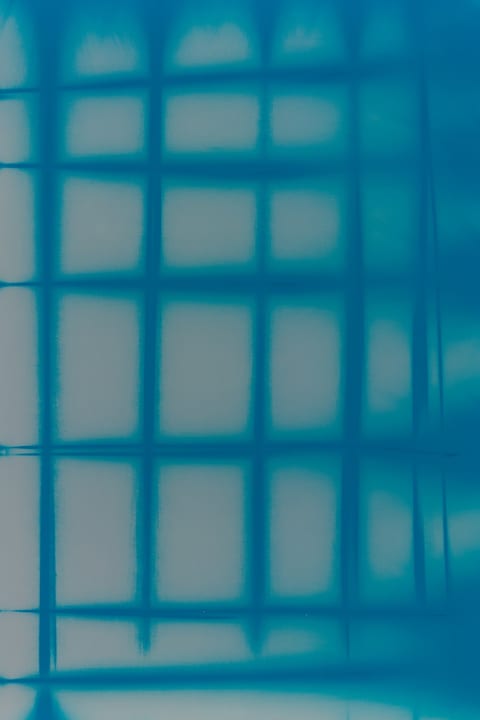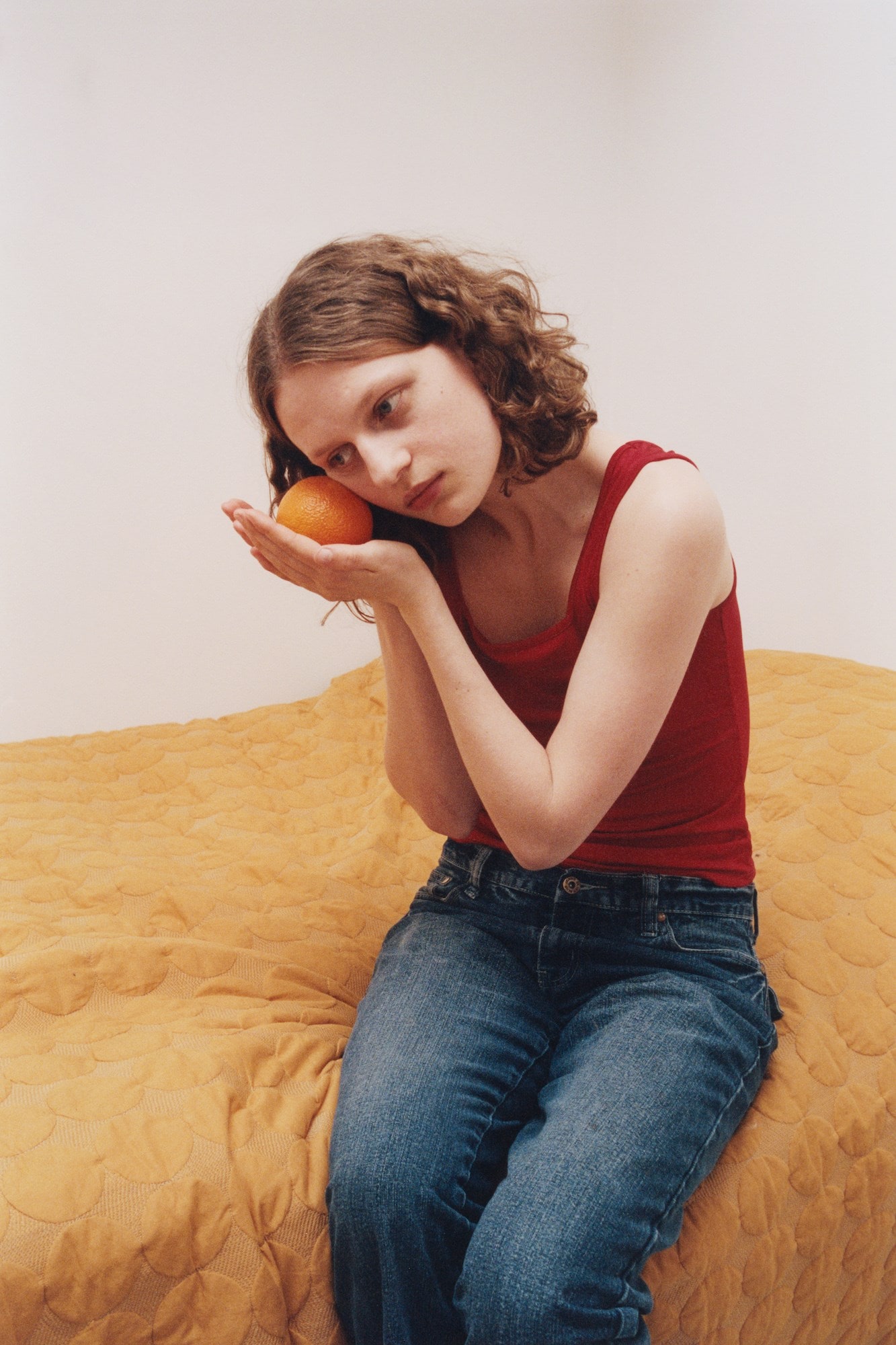
In his new book, the photographer steps into the darkroom using different papers, chemicals, light sources and an iPhone, to interrogate what photography can be
Google Image search Erik Gustafsson, and you will mostly find pictures of the Swedish professional ice hockey player. “That’s my enemy,” jokes Erik Gustafsson, the Swedish photographer, whose work appears much more sporadically.
Unhelpful though it may be that Google Image presents his photography in fragments, it does feel vaguely apt. Gustafsson’s body of work is not understood through defined projects or stories. Instead, he proposes a continuous exploration of what photographs can be, understood more by their context than their narrative, and the feeling created when one is juxtaposed with another. Some are manipulated, bent to his or the darkroom’s will. Some are lightly defaced; others collapse into chemical Rothkos. And many are left prosaic. Next to each other, the abstract and the everyday enter a dialogue. It’s decidedly analogue, but better SEO would be nice. “Just give me a couple more years.”
Talking from outside a café on a busy street in Paris, Gustafsson is in town for Paris Photo with his dad in tow. He’s about to launch a new book with Études Books, Seeing With, and will attend the opening of an exhibition featuring his work at the Institut Suédois, Sweden’s cultural institute in Paris, the only one it keeps abroad. “It’s this beautiful palace that the government bought in the 70s, that functions as a kind of cultural bridge between France and Sweden,” he says. “I’ve been waiting for this moment for a long time now. And then my dad was also like, ‘Okay, I’m coming too’.”
Like his earlier books and exhibitions, the work in both is a tapestry of old and new – images he made a decade ago and others in the last few months. “The only concept I care about, really, is that it’s okay for things to never really be finished,” he says. “Sometimes these pictures that you didn’t like ten years ago, now all of a sudden, they’re good.” Familiar contortions and props from prior work recur, such as the ornamental crooked gourd resting upon a woman’s forehead in Seeing with (sourced initially because that’s what was in season and sold at the Lidl near his university, a reminder, perhaps, not to intellectualise every aspect of the work).

But continuity doesn’t negate evolution. After nine years in Gothenburg, he’s recently spent time living in Berlin, first thanks to a Swedish Arts Council grant, and then because he wasn’t ready to leave. The move has made access to a colour darkroom – a kind of second home for him – harder. Black-and-white, then, becomes the focus. “It was so cheap and so accessible, so I just kind of went in, and I’ve been making black-and-white for almost the whole year now. In a way, I’m really, sadly, dependent on the colour darkroom as a workspace. I wish I drew, and all I needed was a piece of paper and a pen. I’m trying to find ways to get rid of being so dependent on that place, but at the same time, it’s my favourite place.”
More than other photographers, the darkroom functions as Gustafsson’s partner. “I’d say it’s 50/50 between who decides the outcome of a photo, me or the darkroom,” he says. “Because, in some cases, I have a very clear idea, and in other cases I have no clue what I’m doing. It’s just teamwork with the chemistry.” Human error, exposing the seams, becomes central here, too. “I like when you see traces from the making of a picture, torn edges on a piece of paper, or little stains or a fingerprint, you know, it’s these things that add another kind of realness.”

Plus, in his evolution, he’s begun incorporating a phone into the process. “I found this way of using the screen as a negative. Instead of putting the negative in the enlarger, I just invert the screen on my iPhone.” When enlarged, the phone’s pixel grid creates a fine raster that looks almost like screen-printing. “So then, it’s not only this material (the paper, the chemicals … ), it’s also the image source that has the potential to produce an endless variety of imagery.”
With infinite possibilities, Gustafsson’s interrogation may never reach a conclusion. But maybe his time in Berlin will. Gothenburg is, in a way, his perennial darkroom. “They’re both good places to disconnect from the rest of the world.”
Seeing With by Erik Gustafsson is published by Études Books and is out now.

